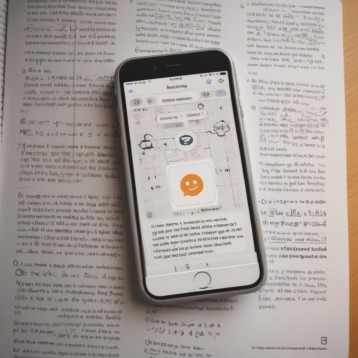|
A Haptic interface simulates the feeling we get when touching and manipulating objects in the real world through a mediator, like a glove or a control handle. It can mimic the surface texture of glass or the weight of a chair we are trying to move.
While most people are familiar with this field of research from force feedback joysticks, steering wheels, and gamepads, which all simulate the control of jet fighters and cars in computer games, haptic interfaces are also used in the fields of tele-medicine. In these fields, haptic interfaces allow doctors to conduct medical exams and surgical procedures from a distance, and even to simulate the feeling of touching fabrics remotely.
While most haptic interfaces use motors and mechanical linkages to recreate the tactile input, a new device, developed by Professor Ralph Hollis, Research Professor in Carnegie Mellon’s Robotics Institute, uses a single moving part. “We believe this device provides the most realistic sense of touch of any haptic interface in the world today,” said Hollis.
At the heart of the Maglev (Magnetic levitation) interface is a bowl-shaped device called a flotor, which houses six coils of wires. Electric current flowing through the coils interacts with the powerful permanent magnets underneath, causing the flotor and the control handle attached to it to levitate and exert force feedback. To the user, this force feedback feels like the resistance of weight or a surface’s resistance or friction, depending on the object being simulated. Optical sensors measures the position and orientation of the flotor while the user manipulated it in six degrees of freedom – up/down, side to side, back/forth, yaw, pitch and roll.
|
In terms of precision, the device can track even the smallest movements of the handle- as small as two microns, 1/50 the width of a strand of human hair. It can resist a force of up to 40 Newtons before it shifts. However, the device does suffer from limited range, as the handle can only move 12 inches in any direction and tilts up to 14 degrees, making the experience similar to writing with a pen.
Hollis’s research group first built the device back in 1997, but now, with the aid of a $300,000 National Science Foundation grant, they have improved the ergonomics and performance of the device and lowered its cost. The grant money also enabled them to build 10 copies of the device, 6 of which will be shipped to researchers in the U.S. and Canada. The researchers receiving copies of the device are members of the Magnetic Levitation Haptic Consortium, an international group dedicated to fostering increased use of this technology.
According to Professor Hollis, the full potential of haptic interfaces, and particularly of magnetic levitation haptic interfaces, has yet to be explored. “Putting the instrument in the hands of other researchers is critical in a young, developing field such as haptic technology”, he emphasized.
Hong Tan, Associate Professor of electrical and computer engineering at Purdue University and a consortium member, studies human perception of fine surface textures that requires simulation resolution at the micron level. “This is beyond the capability of most commercially available haptic devices, but the maglev device developed by Dr. Hollis will make it possible for us to continue this research,” she said.
A company called Butterfly Haptics, which was founded by Hollis, expects to receive orders for the device already in June or July 2008.
The new haptic interface was demonstrated at the IEEE 16th Symposium on Haptic Interfaces for Virtual Environments and Teleoperator Systems, which was held on March 13th-14th in Reno, Nevada.
TFOT has previously written about innovative human computer interfaces like E-lead’s Noahpad UMPC, a device that has a touchpad which serves also as a keyboard. You can also check out our article on the “combimouse” – a combination keyboard and mouse, and our report in HoloTouch’s floating holographic keyboard.
For more information, see the Carnegie Mellon University press release or watch a short video demonstrating the use of the haptic interface.












